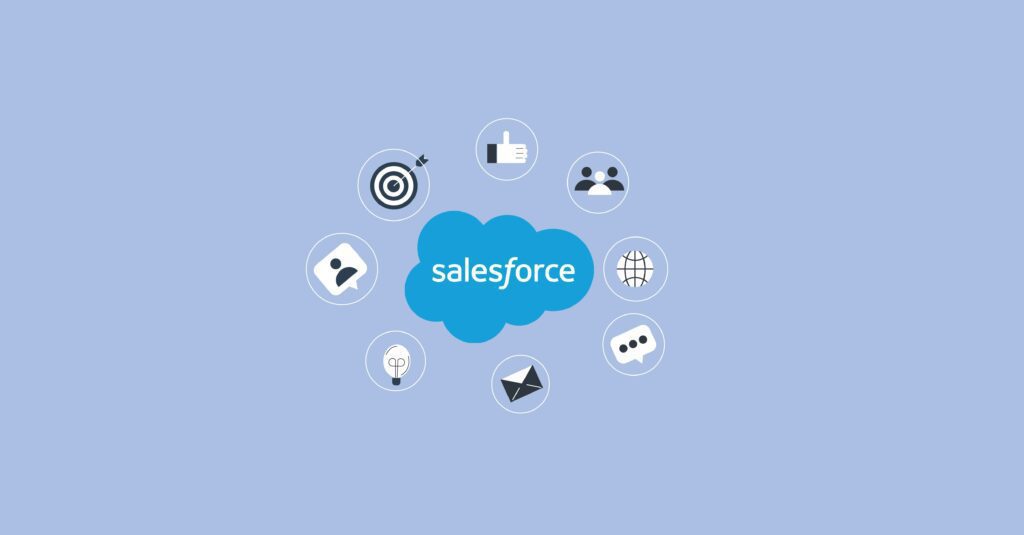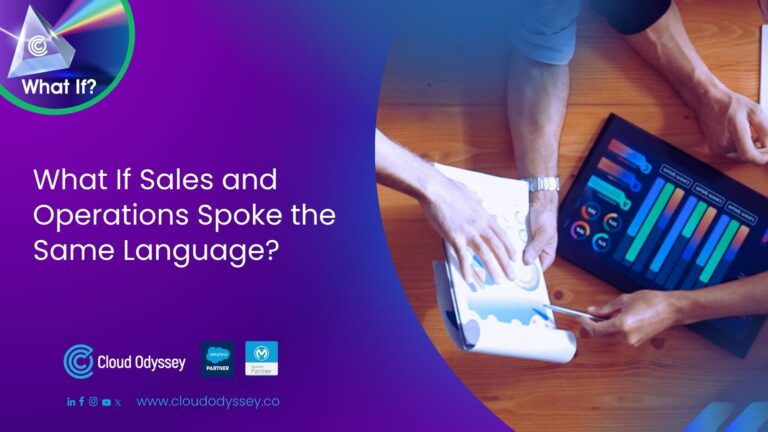Salesforce development services pay attention to fixing and debugging apps to ensure they run smoothly when implementing important platforms and tools. Salesforce development services ensure the best user experience by reducing production delays.
Salesforce, the most popular CRM tool, is well-known for its ability to develop efficient apps.
Well, there are several features that developers must look for to enhance their knowledge and understanding of Salesforce. Here, we have listed the top 5 features that recently hit competitors of Salesforce a lot and affected their work
Salesforce features for developers to try out
The following list of features represents just a small sampling of what’s available to developers on Salesforce’s AppExchange. These new features should help you hone your skills and meet your next client’s expectations.
Lightning components
Lightning Locker is a security system for Lightning components. Lightning Locker increases security by segregating Lightning components belonging to different namespaces from each other.
Lightning Locker encourages code maintenance best practises by restricting access to supported APIs and removing non-public framework internals.
- Lightning Web Security is built on web standards and will continue to evolve with new web technologies.
- As you won’t need to use Locker Service wrappers, you’ll notice a significant improvement in your performance.
- You can import components from other manufacturers.
- Lightning Web Security is a powerful tool that developers can use to enhance the security of web components.
Foyer
The foyer is a set of developer tools that allow organisations to create Slack apps using their Salesforce skills. This SDK allows you to build complex experiences that integrate Salesforce with Slack. It also includes a service proxy, which handles all the plumbing for your organisation—no programming required!
While developers have been creating apps to integrate Salesforce and Slack, it was necessary to create the middleware layer to allow the integration.
The foyer makes middleware more accessible by allowing it to be configured rather than having to write the code from scratch.
This is a game-changer because developers can create new engagement layers within Slack using the Salesforce Platform’s full capabilities and Customer 360 data.
Flow trigger order
In the past, there was no way to specify the order in which record-triggered flows should run. Developers and administrators can now access Flow Trigger Order, which can be used to specify after-save and before-save flows.
Trigger order can be any numeric value within the range of 1–2000. Salesforce Flows will run in ascending order, depending on the value.
Functions
Slow uptake occurs due to the relatively high cost as well as other considerations. To start with Salesforce Functions, you don’t need a licence; you can now use the Salesforce Developer Tools to design and test functions.
You won’t be able to deploy or incorporate into a compute environment, trigger a function from Apex, or deploy any Apex class that uses the function’s namespace.
UI test automation model
These types of tests are traditionally challenging to create and manage. Third-party tools and solutions are required.
UTAM claims to improve this by embracing the Page Object Model design pattern. This may be something you have seen if selenium has been used for testing. UTAM’s page objects are written in JSON. The goal is to eliminate XPath locators in favour of CSS that targets DOM nodes.
It will soon be open-sourced and could play a more significant role in Salesforce development. UTAM is based upon the Page Object Model design paradigm for user interface testing.
UTAM page objects can be written in JSON using a simple UTAM syntax. The UTAM compiler creates JavaScript or JavaScript page objects suitable for use in UI testing. The DOM gets updated when an app is modified. UTAM makes it easier to modify apps and allows you to build more durable user interface tests.
Few more Salesforce Summer ’22 release notable updates
Permit third-party integrations with lightdom
- All your components can be given custom styling.
- CSS and QuerySelectors can traverse the hierarchy.
- Third-party components can gain access to your custom component.
Secure apex code with user-mode database operations
- Automates user-level FLS, CRUD, and sharing
- This eliminates the need to perform user-level security screenings.
- Security is best when you are more specific.
Make custom-screen components react to other components on the same flow screen (Pilot)
- A single flow screen can have components that react to one another.
- This reduces the need to have multiple screens and extra state-management nodes.
- Cleaner flows are easier to read and maintain.
Formulas can be used as flow entry conditions
- More detailed and customizable flow entry criteria
- It is much easier to insert vs. modify criteria and reduce duplicate flows with different criteria.
- Use the powerful family formulas, functions, and logic to your advantage.
Utilising these Salesforce features for improved business solutions
Technology is redefining how businesses operate and shaping the future of business. If a business wishes to grow exponentially, there’s no better solution than applying innovative technologies. Cloud computing allows businesses to leverage greater efficiencies and productivity while reducing operational costs.
Now that you know about these essential features, learn how to transform your business with them. We offer top-notch enterprise and custom development services, which can help optimise your business processes using a scalable enterprise cloud computing platform like Salesforce.
For more information about Salesforce and how it can be beneficial for your business, get in touch with us.










